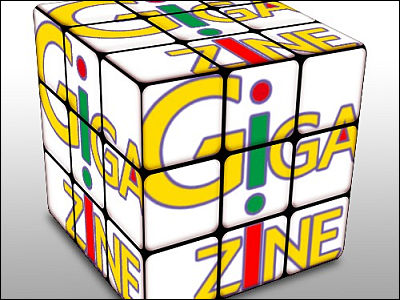Google is releasing Google Doodle, which allows anyone to compose using Bach like machine learning

Google's search engine logo is specially designed for holidays and anniversaries, such as chocolate making function on
https://www.google.com/
To use Bach version of Google Doodle, first access Google from the above URL and press the play button at the bottom right of the logo.

After a while, the animation starts.

An intro explains how to use it. However, how to use just click mouse white blank score. The melody I made is a soprano part ...

Computers that machine-learned Bach's songs automatically add alto-tenor-bass to the melody.
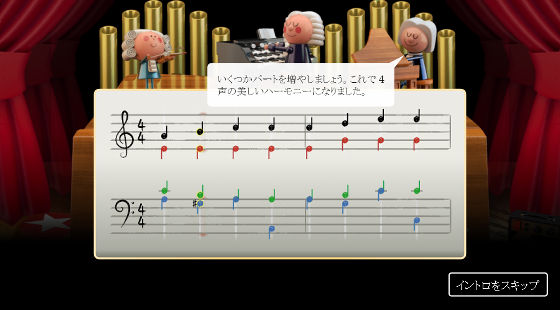
So the intro is finished, to the composition screen. Because a blank score is displayed with the following feeling ...

I will click on the score with my mouse. Sharp and flat can be specified from the bottom of the screen.
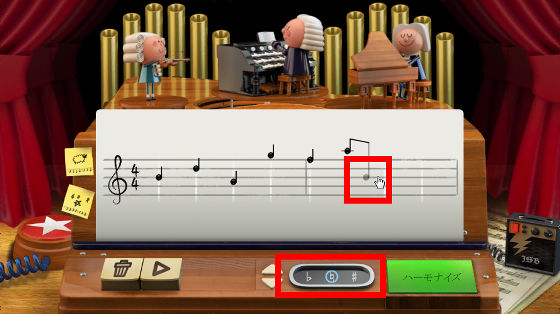
Click 'Harmonize' after adjusting the tempo.
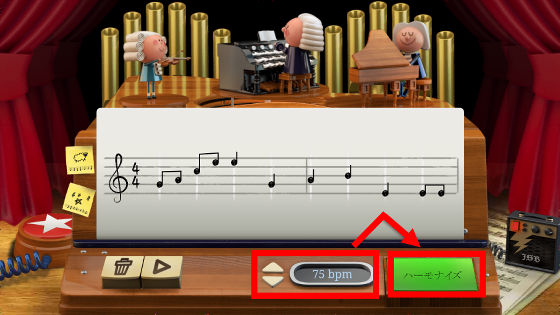
After waiting for a while, a magnificent melody that I didn't think I made was flowing out. Even if you make a score appropriately, it will be quite complete, so the motivation 'I would like to do it a little more then ...' will grow awfully.
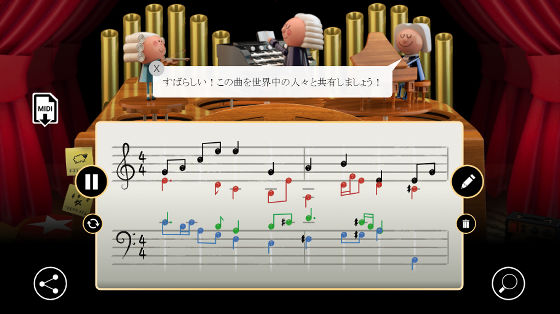
How was the Bach version of Google Doodle created? It is also published, and you can read below how Google's AI project team
In honor of Johann Sebastian Bach
https://www.google.com/doodles/celebrating-johann-sebastian-bach
Coconet: the ML model behind today's Bach Doodle
https://magenta.tensorflow.org/coconet
The backstage of the Bach version of Google Doodle is also available in the following movie.
Behind the Doodle: Celebrating Johann Sebastian Bach-YouTube
Jacob Howcroft, a software engineer on the Google Doodle team. Bach's music has rules for creating good melodies and harmony, and it is a very good resource for learning machine learning.
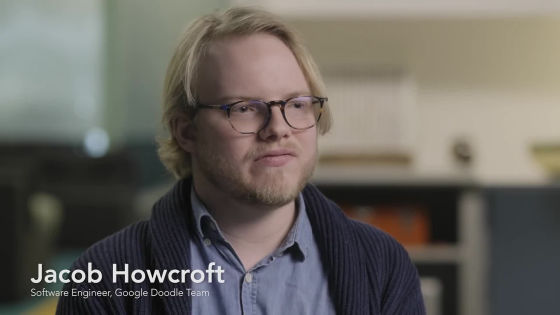
'When I talk about machine learning, I will say, 'What collect data and find patterns from it?'' Says Leon Hong, a Doodler from the Google Doodle team.

'And use that pattern to create something new'
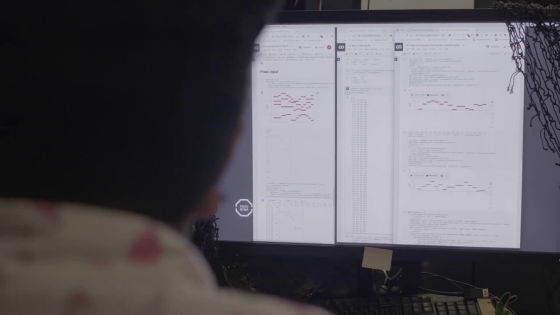
The Bach version of Google Doodle used the
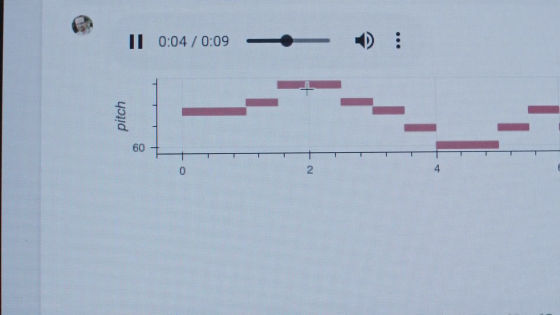
Anna Huang from Magenta, who got a Bach story from the Google Doodle team, said in a reply.

The Bach version of Google Doodle is an open source project, so it seems that various Google staff brainstormed it.

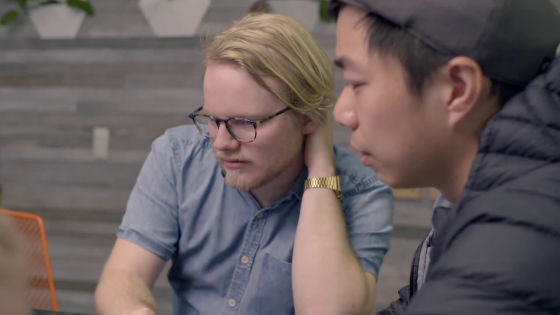
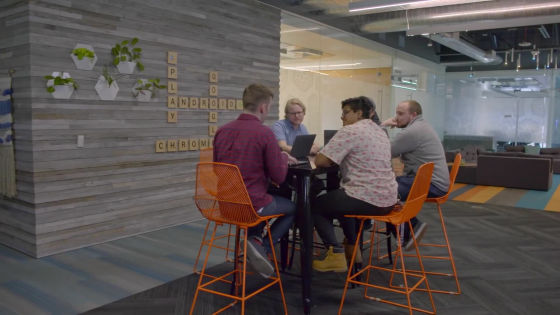
The learning data of Coconet is 306 songs of Bach's
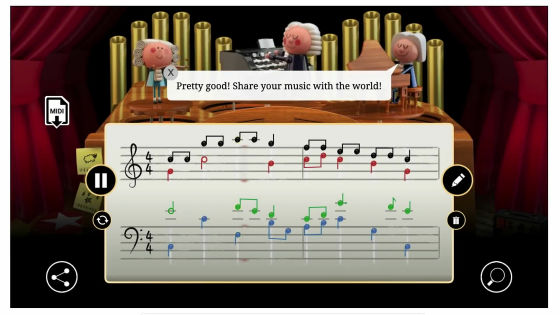
And, in order to use machine learning in a web browser, it was necessary to borrow the power of
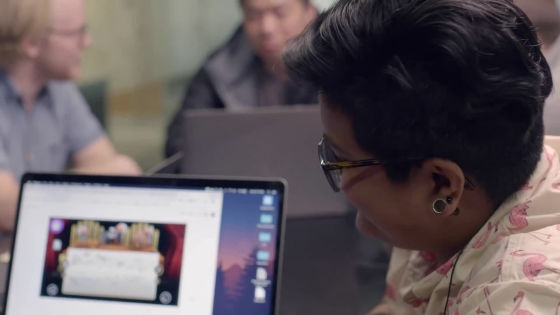
Related Posts:
in Web Service, Video, Posted by darkhorse_log







